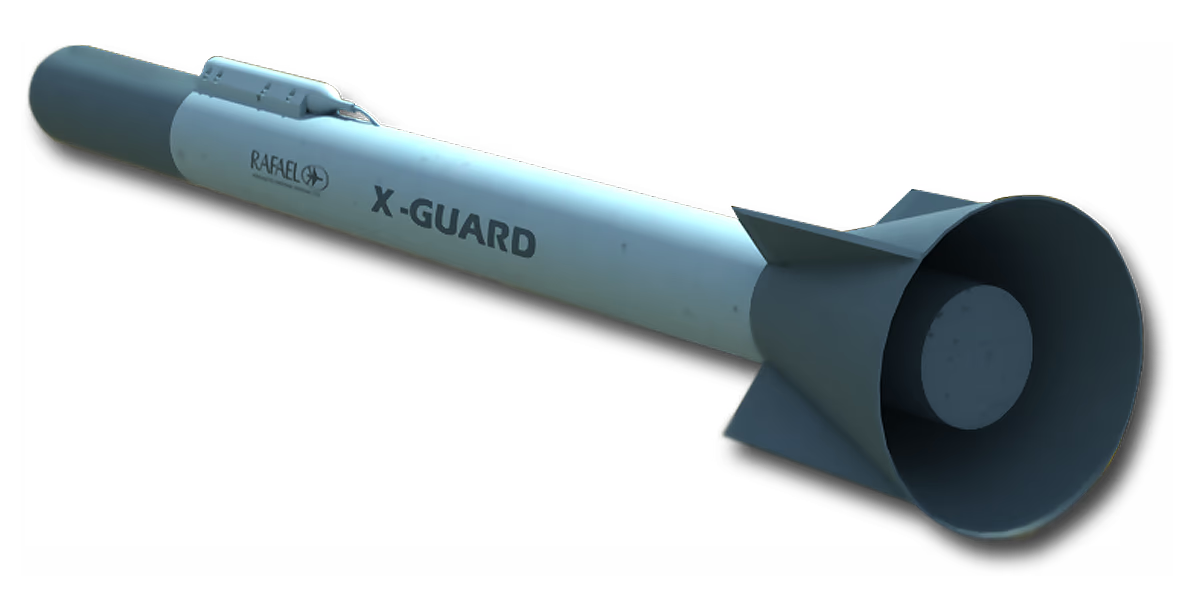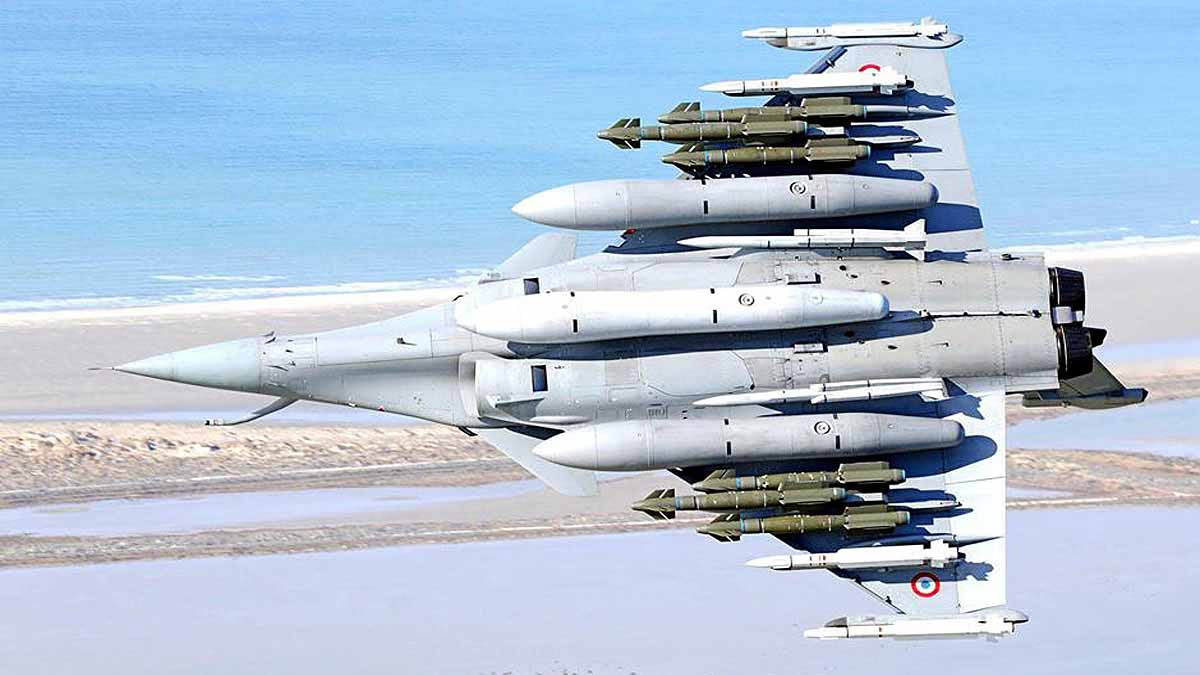During Operation Sindoor, India strategically outmaneuvered Pakistan, exposing vulnerabilities in the opposing forces. This operation showcased the Indian Air Force’s advanced Electronic Warfare (EW) strategies to the world.
Former American F-15E Strike Eagle and F-16 Thunderbird pilot Ryan Bodenheimer lauded the IAF's strategies as "some of the finest spoofing and deception" ever seen. He attributed this success to the Rafale jet’s X-Guard jamming decoy and SPECTRA EW suite, which deceived Pakistan's PL-15E missiles.
Also Read:
Operation Sindoor
Operation Sindoor commenced on May 7th, 2025, as a response by the Indian Air Force to the April 22nd, 2025 terrorist attack in Pahalgam, Jammu and Kashmir, which claimed 26 civilian lives. The IAF targeted nine terrorist locations in Pakistan and Pakistan-Occupied Kashmir (PoK) using precision strikes from Rafale, Sukhoi Su-30 MKI, and Mirage 2000 jets, equipped with SCALP cruise missiles and SPICE-2000 bombs, without leaving Indian airspace.
Pakistan claimed it had shot down five Indian jets, three of which were Rafales. However, Indian sources and international experts dismissed these claims, stating that the destroyed were X-Guard decoys, not real Rafale jets. The IAF's electronic warfare technologies completely baffled the Pakistan Air Force (PAF) during this operation.
X-Guard Jamming Decoy: Technical Insights
The X-Guard is an Israeli-made fiber-optic towed decoy, integrated with the Rafale jet's SPECTRA electronic warfare suite. This 30-kg device is towed behind the Rafale jet and is designed to mislead enemy radar and missiles.
Also Read:

Source: aajtak
360-Degree Jamming Signal:
The X-Guard emits jamming signals in all directions, misleading enemy radar and missile seekers with false radar signatures, making them appear like actual jets.
AI-Powered Technology:
The X-Guard employs Artificial Intelligence (AI) to mimic radar signals and doppler shifts in real-time, confusing enemy radars and redirecting missiles away from genuine jets toward decoys.
Digital Radio Frequency Memory (DRFM):
The X-Guard utilizes DRFM technology, recording and manipulating enemy radar signals to create false targets, directing enemy radars and missile systems astray.
Also Read:
Anti-Missile Protection:
The X-Guard safeguards against both air-to-air missiles (like the PL-15E) and surface-to-air missiles (SAMs), keeping Rafales out of missile escape zones.
Lightweight Design:
Weighing just 30 kg, the X-Guard maintains stability and effectiveness even at high speeds, connected via a fiber-optic cable.
SPECTRA EW Suite: Defending Rafale
The Rafale jet’s SPECTRA (Système de Protection et d’Évitement des Conduites de Tir du Rafale) EW suite, developed by Thales and MBDA, is pivotal in defending against enemy radar and missiles, equipped with key features such as...
Threat Detection:
SPECTRA’s active and passive sensors detect radar and missile signals in a 360-degree scope using Low Probability of Intercept (LPI) radar detection, making it hard for enemies to spot.
Jamming and Countermeasures:
SPECTRA deploys chaff, flares, and directed jamming to confuse enemy radars and missiles, instantly applying countermeasures based on advanced algorithms.
Advanced Radar:
Collaborating with Rafale's RBE2-AA Active Electronically Scanned Array (AESA) radar, SPECTRA can track up to 40 targets over a distance of 145 km.
Data Link and Network-Centric Warfare:
SPECTRA enables real-time data sharing between Rafales, Airborne Warning and Control Systems (AWACS), and ground stations for orchestrated attacks.

Source: aajtak
Indian Strategy in Operation Sindoor
During Operation Sindoor, the Indian Air Force employed several advanced strategies that led to its success.
Multi-Spectrum Electronic Warfare:
IAF disrupted Pakistani radar and missile systems’ sensor fusion and targeting algorithms using DRFM jamming, GPS spoofing, and radar cross-section manipulation.
Rafale and Su-30 MKI jets used EL/M-8222 jamming pods and wave radar warning receivers, disrupting PL-15E missile data links and AESA seekers.
The X-Guard Decoy's Role:
X-Guard’s fake radar signatures misled Pakistani J-10C and JF-17 jets. Although Pakistan claimed it had downed Rafale jets, Indian and international sources confirmed they were X-Guard decoys.
X-Guard redirected PL-15E missile seekers to false targets, sparing real jets while destroying decoys.
Also Read:
Long-Range Precision Strikes:
Rafale jets used stealth and jam-resistant SCALP cruise missiles (450 km range) and HAMMER bombs (70 km range), launched within Indian airspace, minimizing pilot and jet risks.
S-400 and Akash Systems:
India’s S-400 and Akash missile systems prevented Pakistani jets from entering Indian airspace, forcing them to fire from a distance, reducing accuracy.

Source: aajtak
Pakistan’s PL-15E Missile and Its Failures
Pakistan employed PL-15E missiles from its J-10C and JF-17 Block III jets in Operation Sindoor, which are export variants of China’s advanced Beyond-Visual-Range (BVR) missile.
Range: 145 km (domestic PL-15 range is 200-300 km).
Speed: Exceeds Mach 5.
Guidance: Mid-course guidance with data link and terminal homing using AESA radar seeker.
Platform: J-10C (with KLJ-7A AESA radar, detection range 100-120 km) and JF-17 Block III.
Nonetheless, PL-15E missiles failed to hit Indian jets due to...
IAF’s EW Capabilities:
Rafale’s SPECTRA suite and Su-30 MKI’s EL/M-8222 pods jammed PL-15E’s data links and AESA seekers, preventing missile tracking.
Lack of Pakistani Strategy:
Pakistan launched missiles at their maximum range (D-MAX), decreasing accuracy. The J-10C’s radar and ZDK-03 AWACS proved ineffective against Indian EW.
Debris Analysis:
PL-15E missile debris recovered nearly intact in Hoshiarpur, Punjab, India, including propulsion system, data link, and seeker indicated missiles either couldn’t track targets or crashed after running out of fuel.
Operation Sindoor Outcome
Operation Sindoor saw the Indian Air Force devastatingly achieve its targets and invalidate Pakistan’s assertions. Despite Pakistan’s claims of downing five Indian jets (three Rafales, one Su-30 MKI, one MiG-29, and a drone), Indian sources verified no pilot losses and the operation's success remained unaffected.
IAF corroborated the destruction of several Pakistani jets, such as Mirage-5, JF-17, F-16, and possibly a Saab 2000 Erieye AWACS, using radar data, satellite imagery, and Signal Intelligence (SIGINT). Kawa Space satellite imagery revealed a hangar destroyed by a BrahMos missile at PAF base Bholaari.

Source: aajtak




